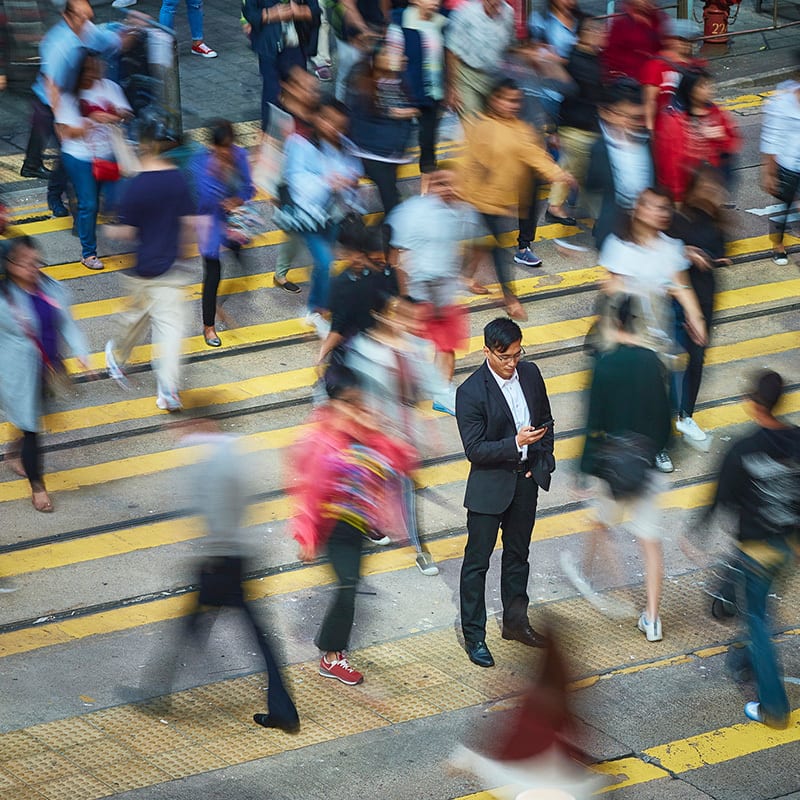Civil unrest returns to Hong Kong

An uptick in large-scaled protests and civil unrest occurred across Hong Kong in May, following the promulgation of Hong Kong’s new national security legislation by the Chinese National People’s Congress (NPC) and the passing of a ‘National Anthem Bill’ by the Hong Kong Legislative Council (LegCo).
These events have led the Healix GSOC to stand up a new series of our weekly rolling Situation Report to cover developments in Hong Kong and keep security managers, local employees and business travellers informed about upcoming protests and our most up-to-date advice.
Recent developments of the civil unrest in Hong Kong
On 21st May, Beijing announced a plan to impose significant new national security measures across Hong Kong via a proposed new law. The drafted law is designed to circumvent the existing protocols for invoking national security measures within the territory, which depend on the Hong Kong government invoking Article 23 of the territory’s Basic Law. Attempts have been made since 2003 by the Hong Kong government to invoke Article 23 although they have consistently been abandoned owing to the violent unrest that has followed. The passing of the new law will give the Hong Kong government broader policing powers to suppress protests and restrict freedoms and access to information; however it will also give Beijing the authority to deploy Chinese national security forces to Hong Kong, without invitation from the Hong Kong government.
A separate bill dubbed the ‘National Anthem Bill’ has now passed its third reading in the Hong Kong LegCo and is set to come into affect on 12th June. The bill will criminalise abuse of the Chinese national anthem within Hong Kong. A legislative debate about this bill led to demonstrations across Hong Kong on 27th May, including in the central business district where the security forces fired pepper ball rounds indiscriminately into crowds. At least 360 protesters were reportedly detained for illegal assembly and possession of weaponry including Molotov cocktails.
On 4th June, thousands participated in a vigil at Victoria Park commemorating the 31st anniversary of the Tiananmen Square massacre. Multiple gatherings reportedly took place at locations including Kwun Tong’s waterfront, Langham Place in Mong Kok and the Sai Ying Pun, Tai Wan, Tuen Mun metro stations. This was despite an official ban on the vigil by local authorities amid the ongoing COVID-19 outbreak. At least 3,000 riot police personnel were deployed to enforce the prohibition of the vigil and any other public gatherings. Although the gatherings remained mostly peaceful, the police arrested at least four protesters attempting to obstruct traffic along Argyle Street near Portland Street in Mong Kok.
Our latest situational assessment
In the short-to-medium term, protest activity relating to the promulgation of the revised national security legislation for Hong Kong is set to intensify. There has been significant resistance to the proposed national security legislation being passed through the Chinese legislature, from pro-democracy groups, the Hong Kong Bar Association, as well as the international community.
The ‘one country, two systems’ approach was ratified in the Sino-British Declaration, and commits the Chinese central government to maintaining Hong Kong’s special status until 2047, including maintaining the freedoms of speech and other rights that were afforded by the British government but not extended to the rest of mainland China. However, it appears that the inability of the Hong Kong government to quell the demonstrations that have debilitated the territory for large parts of the past year has led to a decline in China’s commitment to these principles.
The formal promulgation of the national security law in the coming weeks may inflame tensions, resulting in more frequent and intense anti-government protests. Flashpoints for civil unrest in Hong Kong include the vicinity of the LegCo building, Tamar Park, Victoria Park, the Tsim Sha Tsui clock tower, Prince Edward and Yuen Long metro stations, and several government buildings and shopping centres in central areas of Hong Kong Island and Kowloon. While there have not been similar attempts by protesters to cause sustained operational disruption at Hong Kong International Airport (HKG) in recent weeks, such action cannot be ruled out in future protests.
Advice for travellers visiting Hong Kong
- Defer all inbound travel due to the entry ban in place for all foreign nationals since 25th March amid the ongoing coronavirus (COVID-19) outbreak.
Advice for personnel in-country
- Calls for large-scale protests and strikes are typically arranged in advance. Local media outlets like the South China Morning Post, The Standard, and the Hong Kong Free Press provide English coverage on the protest developments. While local media outlets are often partial in their reporting style, accurate information on protest locations and routes are usually published.
- On protest days, plan travel routes that bypass the vicinity of known protest locations. Be aware of the incidental risk of violence if business-critical journeys through affected areas are required.
- Upon encountering a potentially hostile protest, remove yourself from the area and return to secure accommodation or office locations immediately. Protesters may spontaneously deviate from planned routes or activities at short notice, even during authorised marches. Recent protests have taken place in the streets, shopping centres, and within transport hubs, including the MTR system.
- The incidental risk of violence persists for non-attendants as the protesters are known to take matters into their own hands, assaulting purported undercover police officers and individuals perceived to oppose the pro-democracy demonstrations. Avoid engaging protesters in any confrontation and refrain from filming or taking photographs of the protests.




